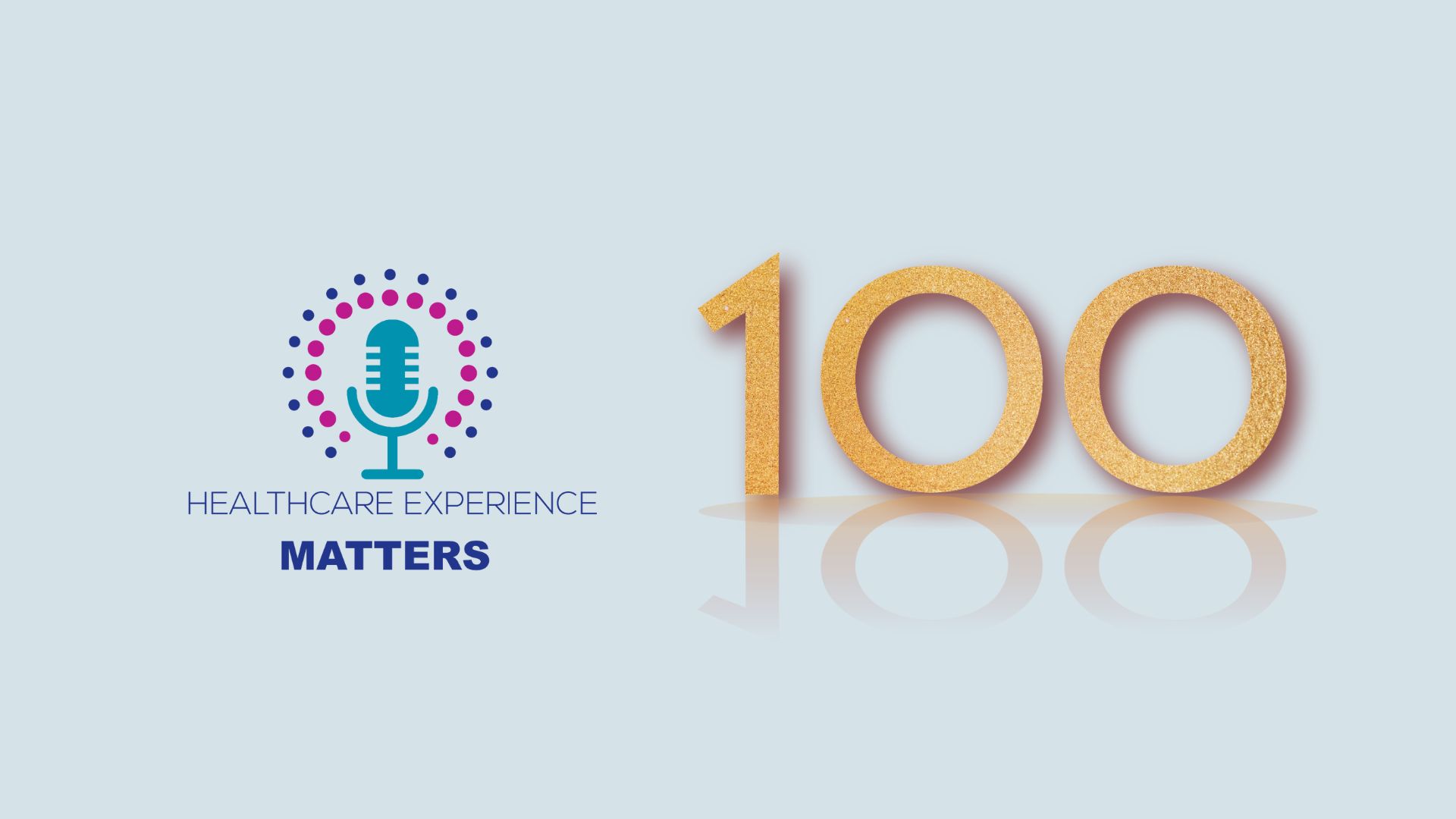How to Create a Healthcare Experience that Gets Results
Several years ago, while traveling alone for work, I was taken by ambulance from an international airport to a hospital 1300 miles away from my home. I had to navigate being in the hospital without family or friends nearby for support. The encounter opened my eyes to all the sights, sounds, and feelings patients have and to the differences between what patients experience and what we as employees see, hear, and feel. There is nothing glamorous about the patient experience and as we find all too often, experiences hit us when we are most vulnerable.
We have worked hard at the Healthcare Experience Foundation to bring to life a mantra that every person is worthy of an environment where they can deliver and receive the best healthcare experience. The challenge we see most organizations face is how to overcome the obstacles that get in the way. The pace of change in healthcare is moving faster and faster. Most CEOs are looking at cutting expenses and improving revenue. We find that focusing on healthcare experience excellence is the third option: activating your people to create amazing outcomes.
Our research and experience with over 200 organizations has yielded a core approach that to create healthcare experience excellence, you need to focus on three areas to create lasting improvement: Culture, Communication, and Process. This trifecta will support large scale or departmental change.
- Culture
Culture is the master lever to steer organizational performance. Our research1 has shown that high performing cultures outperform with statistical significance on key balanced scorecard indicators.
That means that we’re intentional about casting a vision of excellence for our organization, defining what success looks like, and beginning to build shared accountability and recognition as we’re moving towards that culture we want.
A simple step you can take is using a patient armband and writing on it the ideal experience you want all of your patients to have and asking employees how well we do against that standard.
- Communication
According to the Joint Commission, sixty-five to seventy percent of sentinel events occur because we don’t communicate well. Additionally, ninety percent of CAHPS questions measure the degree to which patients feel we communicated well with them and is a key driver of employee and physician engagement.
Communication is our way of bringing culture to life. It should reflect the words we use, our tone of voice, our non-verbals. A simple step you can take is to make a list of good words that convey the ideal patient experience you want and a list of negative words that can creep into our vocabulary that cause patients unnecessary concern or worry. Be mindful of your word choices both between staff and patients and with one another.
- Process
And lastly, process. We struggle here because we focus on process and forget the culture and communication. It is well recognized that seventy percent of change initiatives fail. When you have culture and communication driving your process, you can make certain that you’re building the competencies and environment in which they will be sustained and effectively deployed. Every person every time.
So, before you introduce any new technique or expectation for process, please stop to consider how your culture and communication will support or derail and be intentional about your design for success.
My experiences over an 18 month journey have crossed the continuum of care and led to a positive outcome. My hope in sharing our recipe for experience excellence is that it will equip you and your organization for even higher degrees of success.
Reference
- Owens, K, Eggers, J, Keller, S, and McDonald, A. (2017). The imperative of culture: a quantitative analysis of the impact of culture on workforce engagement, patient experience, physician engagement, value-based purchasing, and turnover. Journal of Healthcare Leadership: 2017 (9), pp. 25-31.
- Posted in:
- News



